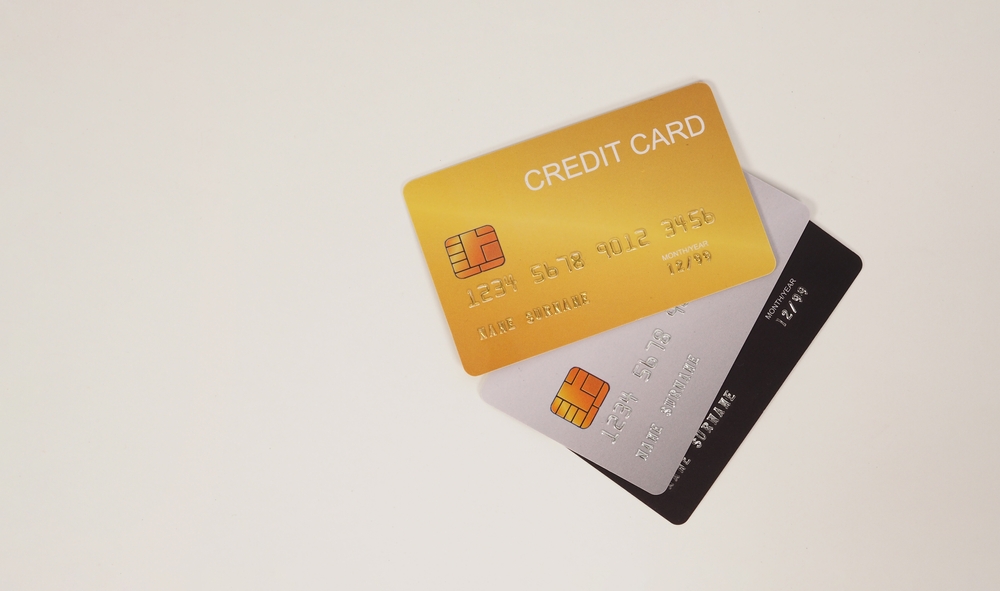
Credit card debt grows quietly, then all at once. People swipe for groceries, car repairs, or a forgotten bill, and end up paying far more than the original charge. Interest piles on with a speed that feels engineered to overwhelm. The rules are technical, but the outcomes are painfully clear. This matters because there is a legal, practical way to beat credit card interest without tricks, gimmicks, or desperate measures. And the window to act opens wider than many assume.
Track Every Dollar That Builds the Interest
Credit card statements outline balances, rates, and timelines, but the information hides in plain sight. To beat credit card interest, a person has to see the pattern behind the charges. That means knowing the average daily balance, the compounding schedule, and the way new purchases restart the clock. It sounds tedious. It is. But once the pattern becomes clear, interest stops feeling inevitable and starts feeling like a math problem with a solution.
People who map their balances daily or weekly spot the pressure points almost immediately. A balance that sits for even a few days can trigger interest charges for an entire cycle. Shrinking that balance at the right moment makes interest fall sharply. The system rewards timing, not effort. And understanding that simple truth puts control back where it belongs.
Use Strategic Overpayments at Key Points in the Cycle
Most cardholders pay once a month and hope for the best. But to beat credit card interest, timing matters more than volume. The card issuer calculates interest based on the average daily balance. Lower the balance earlier in the cycle—even by a small amount—and the math shifts. A $100 early payment can sometimes erase more interest than a $300 payment made on the due date.
This isn’t a loophole. It’s the structure of the agreement. Card companies expect people to wait until the deadline. When someone pays ahead of schedule, the compounding weakens. And once it weakens, the cardholder gains leverage. Controlled, steady overpayment becomes a financial lever that works quietly in the background.
Exploit the Grace Period Without Triggering Interest
Every card offers a grace period on new purchases, but it disappears the moment a balance carries over. Once interest activates, the grace period shuts down, and the cardholder pays for every new charge. To beat credit card interest, the grace period must stay alive. That requires one clear rule: avoid carrying a balance on new purchases.
Some households use a two-card system to protect the grace period. One card carries any existing debt. The other handles all new charges and stays paid in full every month. That split can prevent interest from spreading. But it only works with strict discipline. Mixing old debt with new spending leads back to the same trap.
Shift High-Rate Balances Without Resetting the Problem
Balance transfers help cardholders reposition debt, but they can also restart bad habits. The promotional rate feels like relief, and relief leads to complacency. To beat credit card interest for good, the goal isn’t just to move the balance. It’s to set a payoff schedule that eliminates it entirely during the low-rate window.
Promotional periods create a clean runway. Every payment hits the principal instead of disappearing into interest. But the runway ends abruptly. A single day past the deadline can send the rate soaring. People who use reminders, auto-payments, and a fixed payoff plan avoid that trap. The transfer becomes a tool rather than a distraction.
Treat Minimum Payments as Warnings, Not Guidance
The minimum payment seems manageable, almost friendly. But minimum payments are engineered to slow down repayment and keep interest flowing. To beat credit card interest, a person has to treat the minimum as a signal that the balance is already costing too much.
A useful rule is simple: triple the minimum whenever possible. It’s not magic, and it’s not easy, but it cuts years off the payoff. Even doubling the minimum shortens the timeline enough to make interest shrink. The choice creates momentum. And once the balance starts to fall faster, the psychological effect becomes as important as the financial one.
Negotiate for a Lower Rate With Precision
A rate reduction feels out of reach for many cardholders, but card issuers adjust rates more often than most people realize. The key is timing and clarity. Anyone trying to beat credit card interest should ask for a rate review right after a streak of on-time payments or right after paying down a portion of the balance.
Calls work better when the request is specific: a percentage point cut, not a vague appeal for help. Issuers respond to direct questions. And even a modest reduction can speed up the payoff. One point matters. Two points matter more. These conversations take minutes. The savings last for months or years.
The Path Out of Interest That Never Ends
Beating credit card interest legally is not about shortcuts. It’s about using the credit agreement more effectively than the companies expect. The rules are rigid, but they bend when approached with precision, timing, and a clear plan. People regain control when they stop treating interest as a fixed cost and start treating it as a variable they can influence.
The system is built to favor the lender. But it does not forbid strategy. Have you tried any of these approaches, and what changed for you?
What to Read Next…
- 12 Ways Credit Card Companies Trick You Without Breaking Laws
- 10 Hidden Traps in Credit Card Agreements
- Debt Trap: What Really Happens When You Ignore Your Credit Card Balance
- 5 Credit Card Rules That Changed Without Informing Consumers
- 7 Things Debt Collectors Are Now Legally Forbidden From Doing
The post The Clever Way to Beat Credit Card Interest Legally appeared first on Clever Dude Personal Finance & Money.







